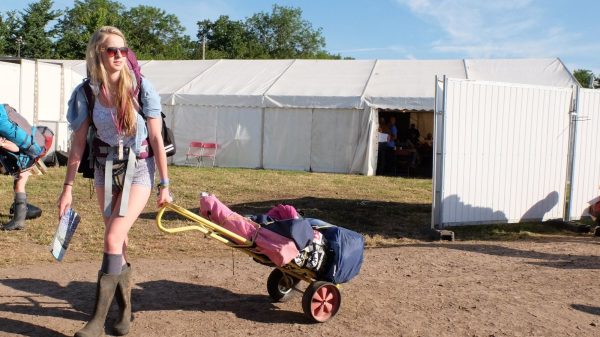Cyberbullying on the Rise Among Adolescents, WHO Report Reveals
A recent report by WHO Europe sheds light on the increasing prevalence of cyberbullying among adolescents, with a 13% surge over the past four years. In 2022, approximately 16% of adolescents have reported experiencing cyberbullying.
Impact of Cyberbullying: Gender Disparities and Parental Influence
The report highlights gender disparities, indicating that 15% of boys and 16% of girls have been victims of cyberbullying in recent months. WHO emphasizes that virtual peer violence has become more prominent since the COVID-19 pandemic, as young people’s interactions have shifted online.
Contrary to common beliefs, the socioeconomic status of parents has minimal impact on children’s likelihood of being bullied, except in Canada where less advantaged youths are at a higher risk.
While cyberbullying rates have increased, traditional forms of bullying, such as physical altercations at school, have seen a slight rise but remain relatively stable.
Regional Variances in Cyberbullying Rates
Cyberbullying rates vary among countries, with Bulgaria, Lithuania, Moldova, and Poland reporting the highest levels among boys, while Spain has the lowest rates. The WHO report covers 44 countries in total.
One in eight adolescents admitted to cyberbullying others, highlighting the significant impact of online interactions on young people’s well-being. With adolescents spending up to six hours online daily, even slight changes in bullying rates can have profound implications.
The report, based on data from 279,000 children and adolescents across multiple countries, stresses the importance of addressing cyberbullying through education and regulation of social media platforms.
















































